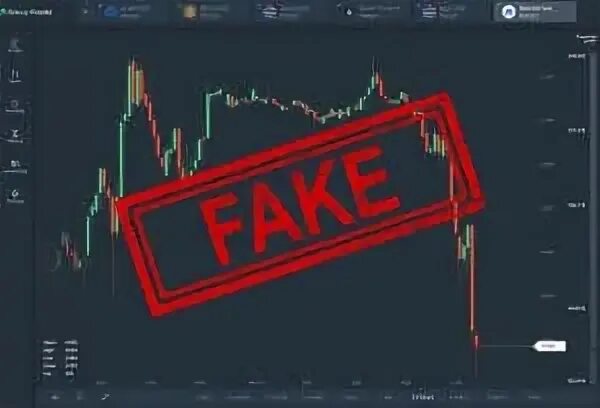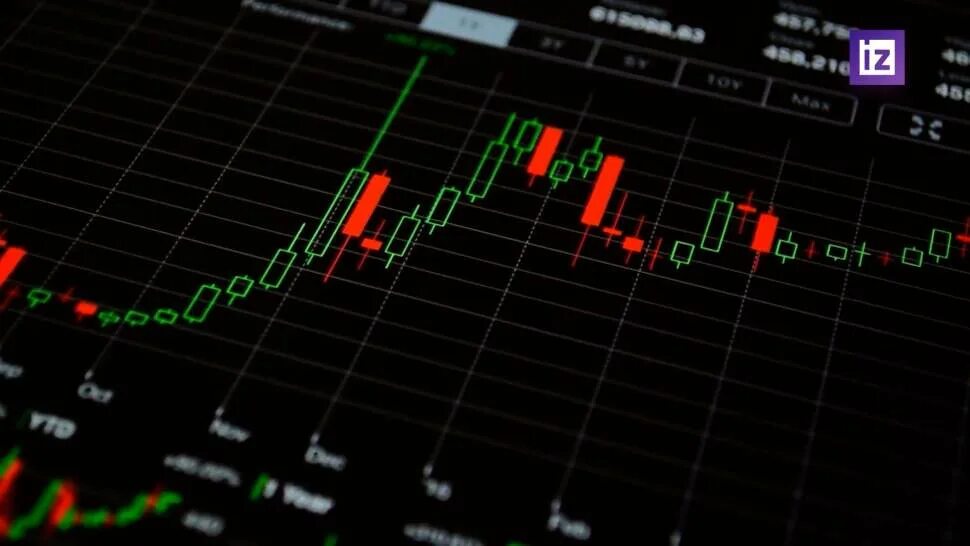In recent years, with the development of technology, many traders have started to rely on trading signals that promise quick and stable profits. However, not all offers in this area are honest. Scammers actively use scam signals to deceive inexperienced traders, attracting them to work with unscrupulous companies.
Trading signals are recommendations that traders receive for entering or exiting trades based on market analysis. However, in the case of fraudulent signals, the data can be completely fake, exaggerated, or inaccurate. The main goal of such offers is to attract traders' funds, which later become victims of fraud.

Signs of Scam Signals:
- Promises of quick and guaranteed profits. Trading signals promising 100% returns or instant success should alert any trader. Financial markets are subject to fluctuations, and no signal can be 100% accurate.
- Lack of transparency. Scammers hide the working methods and sources on which their signals are based. Genuine analysts always explain their actions and justify their recommendations.
- Pseudo-reviews and artificial ratings. Scammers often post fake reviews, creating the appearance of real successful trading. Real traders always share their multiple experiences and results in open sources.

Trading Robots: Useless Solutions or Serious Threat?
Trading robots are algorithmic programs designed for automatic trading. They are supposed to analyze the market and execute trades on behalf of the trader. There are many offers for selling trading robots that promise flawless operation and high profits. However, most of these solutions turn out to be fraudulent schemes aimed at extracting funds.
Fraudulent trading robots often promise:
- Unrealistic profits. A system that guarantees constant income without risk cannot be honest. Markets are always unstable, and no algorithm can accurately predict all price fluctuations.
- High investment requirements. Scammers often offer robots at an initial cost that seems affordable but then require additional investments to improve the program's performance or activate "exclusive" features.
- Lack of tests and results. Robots that operate on real accounts should have a trading history available for verification. If there is no data, it should be a warning.
In addition, fake robots often use complex marketing schemes to gain the trust of potential clients, guaranteeing profits through limited or closed offers.

Fake Platforms and Brokers: What's the Danger?
Fake platforms and brokers are one of the most common fraud schemes in trading. Scammers create websites that look like real trading platforms but are actually designed to withdraw funds from traders' deposits.
Fraudulent platforms often use the following methods:
- Forging certificates and licenses. Some scammers post fake licenses or certificates to convince traders of the reliability of their services.
- Inadequate withdrawal conditions. On fraudulent platforms, withdrawing funds is often impossible or accompanied by high fees and requires meeting complex conditions.
- Limited access support. On such platforms, it is difficult to contact support representatives, and answers to questions are often templated and without clear solutions.
Scammers may use fake signals and robots to create the appearance of successful trading on their platforms. They often demonstrate "profitable" trades, but in reality, all funds go into the pockets of the wrongdoers.

How to Avoid Fraud in the Trading Market?
To avoid becoming a victim of scammers, it is important to follow a few rules:
- Check licenses and documents. Before starting to work with a platform or broker, make sure they have a license from regulatory authorities. This is an important step to confirm their legitimacy.
- Test robots and signals. Before investing money, test trading signals or robots on a demo account. This will help you assess their real effectiveness.
- Look for independent reviews. Read reviews on third-party platforms and forums to get an objective picture of the broker or system's performance.
- Be cautious with high returns. If trading signals or robots promise quick profit without risk, it is most likely a scam. All investments involve risks, and trading is no exception.
- Control your funds. Never transfer your money to accounts if you are not confident in the reliability of the broker or platform. If the platform offers too many restrictions on withdrawing funds, it is a warning sign.

Conclusion
Fraud in trading using scam signals, trading robots, and fake platforms continues to gain popularity, and it is important for traders to be cautious when choosing tools for trading. To avoid losses and deception, always check the reliability of sources and use proven market analysis methods. Financial markets always carry risks, and it is important to approach them with the understanding that stable profit without risk does not exist.


